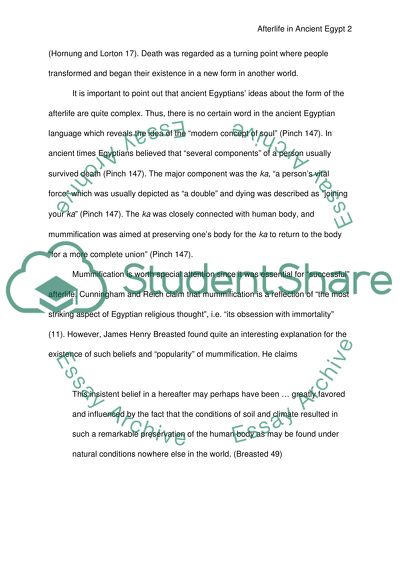Cite this document
(“Life after death in Ancient Egypt Research Paper”, n.d.)
Retrieved from https://studentshare.org/family-consumer-science/1420387-life-after-death-in-ancient-egypt
Retrieved from https://studentshare.org/family-consumer-science/1420387-life-after-death-in-ancient-egypt
(Life After Death in Ancient Egypt Research Paper)
https://studentshare.org/family-consumer-science/1420387-life-after-death-in-ancient-egypt.
https://studentshare.org/family-consumer-science/1420387-life-after-death-in-ancient-egypt.
“Life After Death in Ancient Egypt Research Paper”, n.d. https://studentshare.org/family-consumer-science/1420387-life-after-death-in-ancient-egypt.


